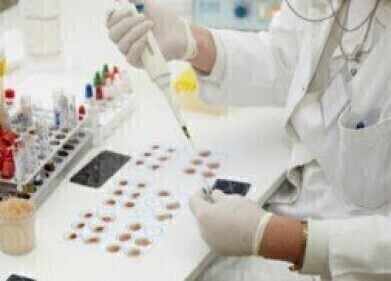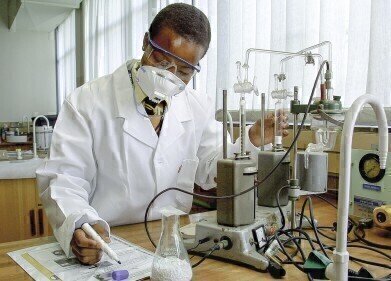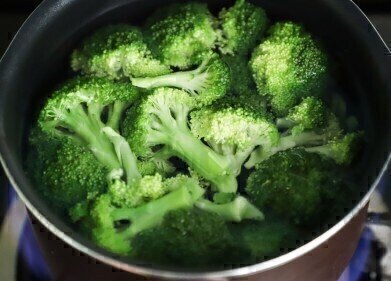Help Desk
Turning Robusta into Arabica? – Chromatography Explores
Aug 10 2018
It is fairly obvious that coffee is now big business. You would find it hard to turn the corner of any town or city in the UK and not spot a coffee shop – either a home ground independent or from a major chain. With almost 150 million cups of coffee drunk each year, there is always a demand to improve profit margins from coffee suppliers and retailers.
Coffee quality is dependent on many different factors — growth environment, harvesting handling and roasting all contribute to the flavours and aromas delivered to the cup. Most high-quality coffees are produced from Arabica beans, but if producers can produce high quality coffees using the other main bean, Robusta, then producers can make a higher profit and consumers can enjoy a high-quality drink at a reasonable cost. So how can Robusta be improved?
Arabica and Robusta – a bean story
Over a hundred coffee species have been identified, but the world’s coffee drinkers depend on just two beans. Coffea arabica L. (Arabica coffee) and Coffea canephora P. (Robusta coffee) account for 62% and 37% of coffee production. Arabica is the bean of choice for producing higher quality coffee with a rich aroma and flavour.
Robusta coffee beans grow at lower altitudes than Arabica plants, can withstand higher temperatures and are more resistant to diseases. This makes them very attractive to producers as they can be grown at lower production costs that Arabica beans. But as noted, the flavour and aroma profile of the beans is considered vastly inferior to Arabica beans. But with Robusta coffee being cheaper to produce, by blending Arabica with Robusta, a cheaper coffee can be produced but at the expense of quality. Although, if Robusta bean flavour can be improved, blending beans could work and cheaper high-quality coffee blends could be produced.
Improving Robusta aroma
Coffee aroma comes from the molecules contained in the green coffee beans and the skill of the roaster in developing the aromas fully during the roasting process. Complex chemical reactions take place including Maillard reactions, oxidation and caramelisation. The Maillard reaction, in which sugars and amino acids react together, is one of the main pathways that produces the aromas we associate with freshly brewed coffee.
A team from the University of Nottingham has recently investigated methods that can improve the aromas of Robusta beans. They achieved this by pre-soaking the beans in a solution of acetic acid. They analysed the aroma profile of the pre-treated beans compared with controls of Robusta and Arabica beans using headspace chromatography. Sample preparation is a key element of chromatographic analysis as discussed in the article, Issues with Sample Preparation.
The team report, that by using a 2% acetic acid solution, the aroma profiles of Robusta beans were similar to Arabica beans. Good news for coffee drinkers looking for a cheaper fix.
Digital Edition
Chromatography Today - Buyers' Guide 2022
October 2023
In This Edition Modern & Practical Applications - Accelerating ADC Development with Mass Spectrometry - Implementing High-Resolution Ion Mobility into Peptide Mapping Workflows Chromatogr...
View all digital editions
Events
ACS National Meeting - Fall 2024
Aug 18 2024 Denver, CO, USA
Sep 04 2024 Chiba, Tokyo, Japan
Sep 04 2024 University of Warwick, Coventry, UK
Sep 10 2024 Rockville, MD, USA
Plastics Recycling World Expo Europe
Sep 11 2024 Brussels, Belgium














